Top Crypto News: Calyx Network ($CLX), Solana ($SOL) and Cardano ($ADA)
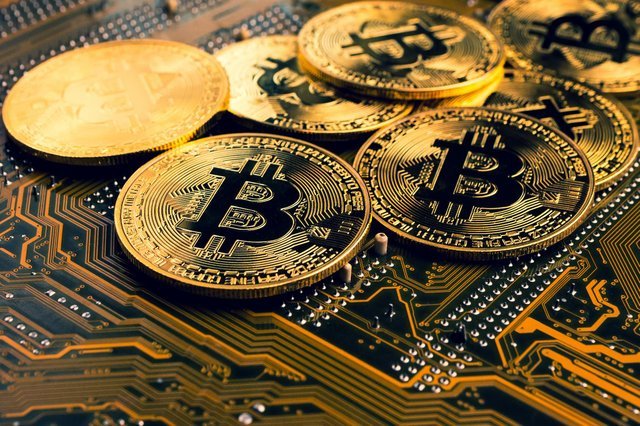
Top Crypto News: Calyx Network ($CLX), Solana ($SOL) and Cardano ($ADA)
Many crypto investors have had a fantastic month, with most continuing to profit from recent price increases. Although a rocky start to the year and the impact of the rising Russian-Ukrainian conflict on the crypto sphere, the crypto market has proven to be resilient and is now prospering more than ever. This March, the industry’s whole market capitalisation finally crossed $2 trillion for the second time.
Following are three successful coins for this week.
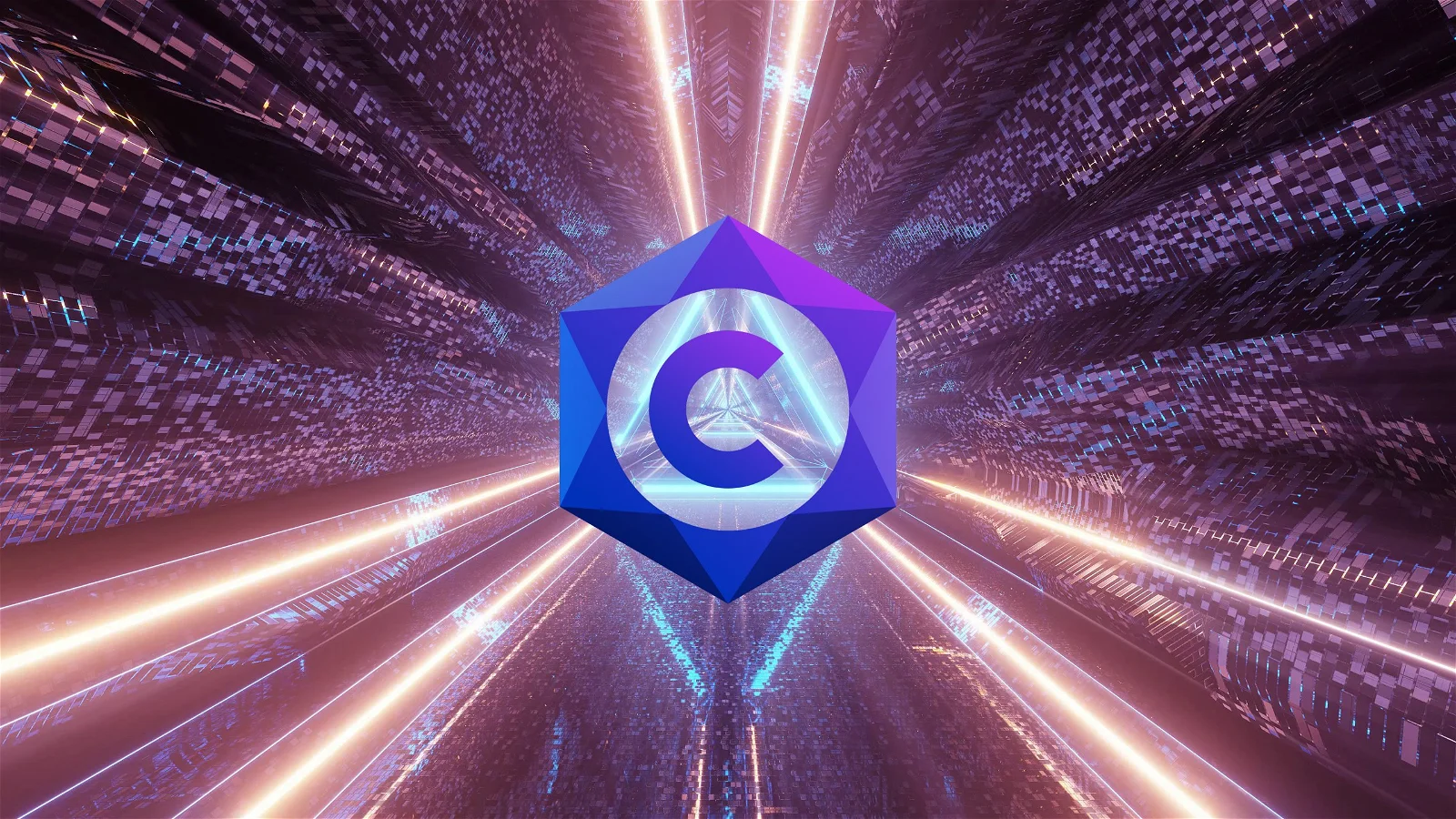
1. Calyx Network ($CLX)
The Calyx Network (CLX) is a community-driven project that enables multi-blockchain crypto trading and liquidity sourcing from various sources. This one-of-a-kind feature allows investors to trade and exchange tokens at the lowest possible price with the least amount of effort and switch between tokens in a single transaction at the best prices available across all aggregated liquidity sources (DEXs). The Calyx Token ($CLX) is the native currency of the Calyx Network protocol. Because it is a community coin, investors can manage and regulate it through CalyxDAO, a decentralised autonomous organisation.
The price of one Calyx ($CLX) token in the crowd sale will be $0.10, with a total token supply of 500 million. Crypto investors are confident that the price will surge during the initial presale, making now the ideal moment to invest.

Is Calyx Token (CLX) Set to Become the Best Limitless Trading Platform in the Metaverse?
Due to new legislation being enacted around the world, digital assets will become more prevalent in wealth management plans and services.
Morgan Stanley, an American financial bank and broker-dealer, recently announced that its clients would soon be able to access Bitcoin money. Private wealth management clients of Goldman Sachs will soon be allowed to invest in Bitcoin (BTC) and other cryptocurrencies, according to Mary Catherine Rich, the bank’s newly hired global director of digital assets. Is Goldman Sachs keeping an eye on Cardano (ADA), Polygon (MATIC), and Calyx Token (CLX)?
How fast is cryptocurrency evolving, and where can it lead to?
CALYX TOKEN – Exactly What the Market Needed?
Calyx Token (CLX) is a ground-breaking new cryptocurrency and system built on three pillars: security, transparency, and decentralisation (DeFi).
This burgeoning endeavour is unusual because it aims to make real-time trading easier. All tokens must be swapped or converted in one transaction for holders to receive their switched tokens instantly after making an exchange request.
MATIC, Binance Smart Chain, Avalanche, Fantom, and other blockchains will soon be supported by the network.
The network will be run by the administration and a “founder team” at first, but the team hopes to give the community complete control through CalyxDAO later this year.
CLX has shown to be a stable and developing digital currency (+2.5 per cent) thus far, and it has opened its presale to anyone.
Automish Token (ATI), like Calyx, appears to be doing well in presale. Automish is a multi-faceted platform that rewards ATI owners. Likewise, buybacks and burning are automated and regulated by Automish (ATI), ensuring long-term viability. This reduces supply while increasing the value of ATI tokens in circulation, which is beneficial to investors’ wallets.

POLYGON (MATIC)
In 2017, co-founders and experienced blockchain coders Jaynti Kanani, Sandeep Nailwal, and Anurag Arjun got together to build Polygon (formerly known as Matic Network).
Polygon has no plans to improve its current basic blockchain layer as a Layer 2 scalability alternative. However, the project’s major goals are scalability and rapid blockchain transactions.
MATIC’s pricing has been reduced as a result of a network-wide issue.
Polygon (MATIC), which began as a scaling network, has grown into a well-known diverse ecosystem worldwide.
While Polygon has recently attracted much attention and interest, it has also lost 8% of its value in the last week of trading. Polygon has been attempting to compete with and outperforms Ethereum’s blockchain in terms of performance, efficiency, and cost since its launch in 2017 – and now it has Calyx Token to contend with.
MATIC is currently up 0.59 per cent in the previous 24 hours, indicating improvement.
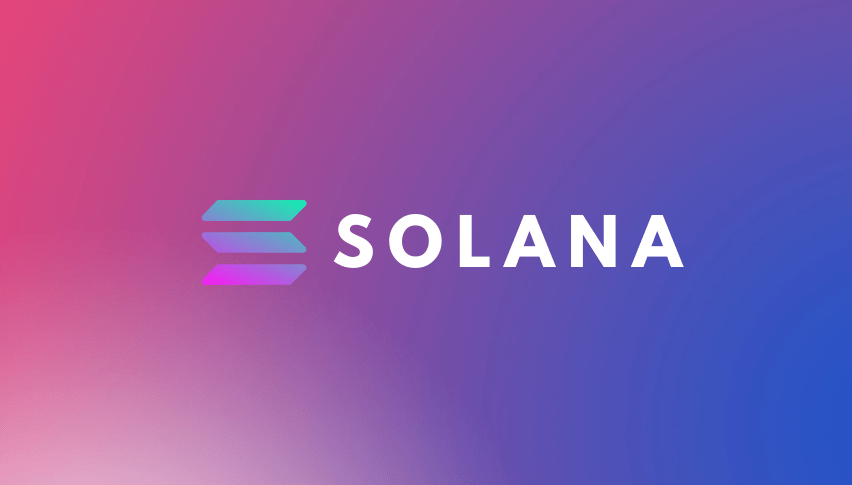
2. Solana ($SOL)
Solana (SOL) is an open-source project that uses permissionless blockchain technology to enable decentralised financial (DeFi) alternatives. It was officially launched in March 2020 by the Solana Foundation. This means it’s a blockchain platform that strives to improve scalability while hosting decentralised inventions and apps (dApps).
Solana (SOL) has a unique hybrid consensus methodology that blends proof-of-history (PoH) with the blockchain’s underlying proof-of-stake (PoS) consensus. Small-time traders and institutional traders alike will profit from the Solana Foundation’s initiatives to make decentralised finance more accessible on a bigger scale.
Today’s Solana price is $100.97, with a $3 billion 24-hour trading volume. The current market capitalisation is $32.5 billion, with 322.7 million SOL coins circulation.
What Is Solana?
Solana is a decentralised and scalable blockchain platform for decentralised apps. The Solana Foundation in Geneva now manages the open-source project, with Solana Labs in San Francisco developing the blockchain. Solana is significantly faster in terms of transaction processing and has significantly lower transaction fees than other blockchains like Ethereum.
The Solana blockchain-based cryptocurrency, also known as Solana and represented by the ticker symbol SOL, has increased about 12,000 per cent this year and now has a market capitalisation of over $66 billion, making it the 5th most largest cryptocurrency by this criteria.
KEY TAKEAWAYS
- Solana is a blockchain platform designed to run decentralised, scalable apps.
- Compared to competing blockchains like Ethereum, Solana can process far more transactions per second and offers significantly lower transaction costs.
- SOL, Solana’s native cryptocurrency, has a market valuation of over $66 billion2, making it the fifth-largest cryptocurrency globally.
- Solana is a proof-of-stake (PoS) blockchain that employs a revolutionary Proof of History technique (PoH).
Understanding Solana
Proof of History concept
In November 2017, Anatoly Yakovenko, a co-founder of Solana, presented a white paper detailing the Proof of History (PoH) idea. PoH is a proof that is used to encode the trustless passage of time into a ledger. It is used to validate the sequence and passage of time between events.
According to Yakovenko’s white paper, publicly available blockchains did not rely on time, with each node in the network depending on its own local clock without knowing the clocks of other network participants. Because there was no reliable source of time (i.e., a standardised clock). There was no guarantee or surety that every other network member would make the same decision when a message timestamp was used to accept or reject a message. PoH overcomes this obstacle by allowing every node in the network to trustlessly rely on the ledger’s recorded passage of time, which is critical to blockchain’s functionality.
Solana History
Yakovenko’s past job experience included prominent technology organisations such as Qualcomm Incorporated in the field of distributed systems design (QCOM). This experience had taught him that a reliable clock makes network synchronisation easier and that when it happens, the resulting network becomes exponentially quicker, with the only limit being bandwidth.
Yakovenko hypothesised that using Proof of History would significantly accelerate the blockchain compared to blockchain systems without clocks, like Bitcoin and Ethereum, which were struggling to scale beyond 15 transactions per second globally, a fraction of the throughput handled by centralised payment systems like Visa Inc. (V), which require peaks of 65,000 TPS.
The first version of Yakovenko’s code was written in a private codebase using the C programming language. Yakovenko moved the entire software to the Rust programming language at the request of his former Qualcomm colleague Greg Fitzgerald. Fitzgerald began prototyping the first open-source version of Yakovenko’s white paper in February 2018. The project was then released, demonstrating that 10,000 signed transactions could be validated and processed less than half a second.
Soon after, Stephen Akridge, another of Yakovenko’s Qualcomm colleagues, demonstrated how outsourcing signature verification to graphic processors might greatly enhance throughput.
With these project accomplishments under their belts, Yakovenko enlisted the help of Fitzgerald, Akridge, and three others to co-found Loom. The company/project changed to Solana, after the little beach town outside San Diego where the co-founders lived when they worked for Qualcomm, due to the possibility of misunderstanding an Ethereum-based project with a similar name.
The project was scaled up to run on cloud-based networks in June 2018, and a month later, the business released a 50-node, permissioned, public testnet that regularly supported 250,000 TPS bursts. Solana had completed over 40 billion transactions by December 2021, at an average cost of $0.00025 per transaction.
Solana’s technology
Solana’s design demonstrates that there is a set of software algorithms that, when coupled to form a blockchain, eliminate software as a performance bottleneck, allowing transaction throughput to grow in lockstep with network capacity. Solana’s architecture meets all three requirements for a blockchain: scalability, security, and decentralisation. Solana’s architecture provides a theoretical top limit of 710,000 TPS and 28.4 million TPS on a 40-gigabit network on a normal gigabit network.
Solana’s blockchain uses the Proof of History (PoH) and Proof of Stake (PoS) models. Validators can verify transactions based on how many coins or tokens they own. In contrast, PoH allows transactions to be timestamped and confirmed swiftly.
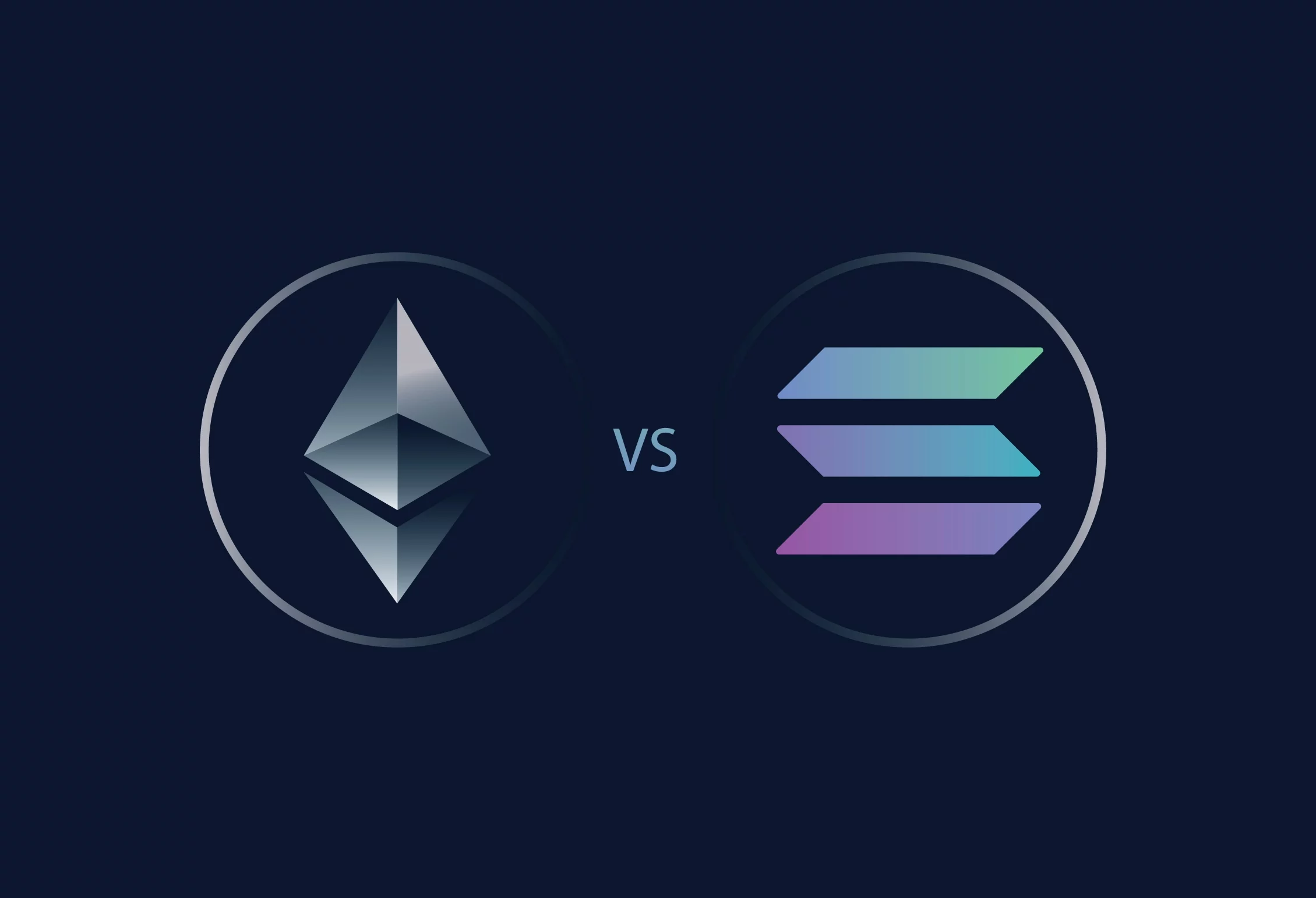
Solana vs Ethereum
Solana’s quickly growing ecosystem and adaptability have naturally garnered comparisons to Ethereum, the most popular decentralised application blockchain (dApps). Smart contract features are present in Solana and Ethereum, which are essential for running cutting-edge applications such as decentralised finance (DeFi) and non-fungible assets (NFTs). But, there are many several key distinctions between the two.
Unlike Solana, Ethereum is a proof-of-work (PoW) blockchain, which means that miners must compete to solve hard puzzles to validate transactions, which uses more energy and is harmful to the environment.
Because of its evident advantage over Ethereum in terms of transaction processing speed and pricing, Solana garnered a lot of buzz in 2021. Solana has a transaction cost of $0.00025 and can handle up to 50,000 TPS. On the other side, Ethereum can only handle roughly 15 TPS, with transaction fees approaching $70 in 2021.
However, Ethereum has the first-mover advantage, as it is only second to Bitcoin in terms of market valuation because of its massive ecosystem.
The Eth2 upgrade, which has now been rebranded as the Merge, and then switched to a PoS architecture for Ethereum, is scheduled for 2022; the promotion is supposed to make the blockchain more scalable, safe, and long-lasting while also drastically increasing transaction processing speed.
When Solana’s network went down for more than 17 hours on September 17, 2021, due to a spike in transaction volume—which peaked at 400,000 TPS—and bot activity, the firm’s reputation as a young blockchain company was called into question. Though its SOL token initially fell in value due to the news, it has since recovered, hitting a high of almost $250 in November 2021.
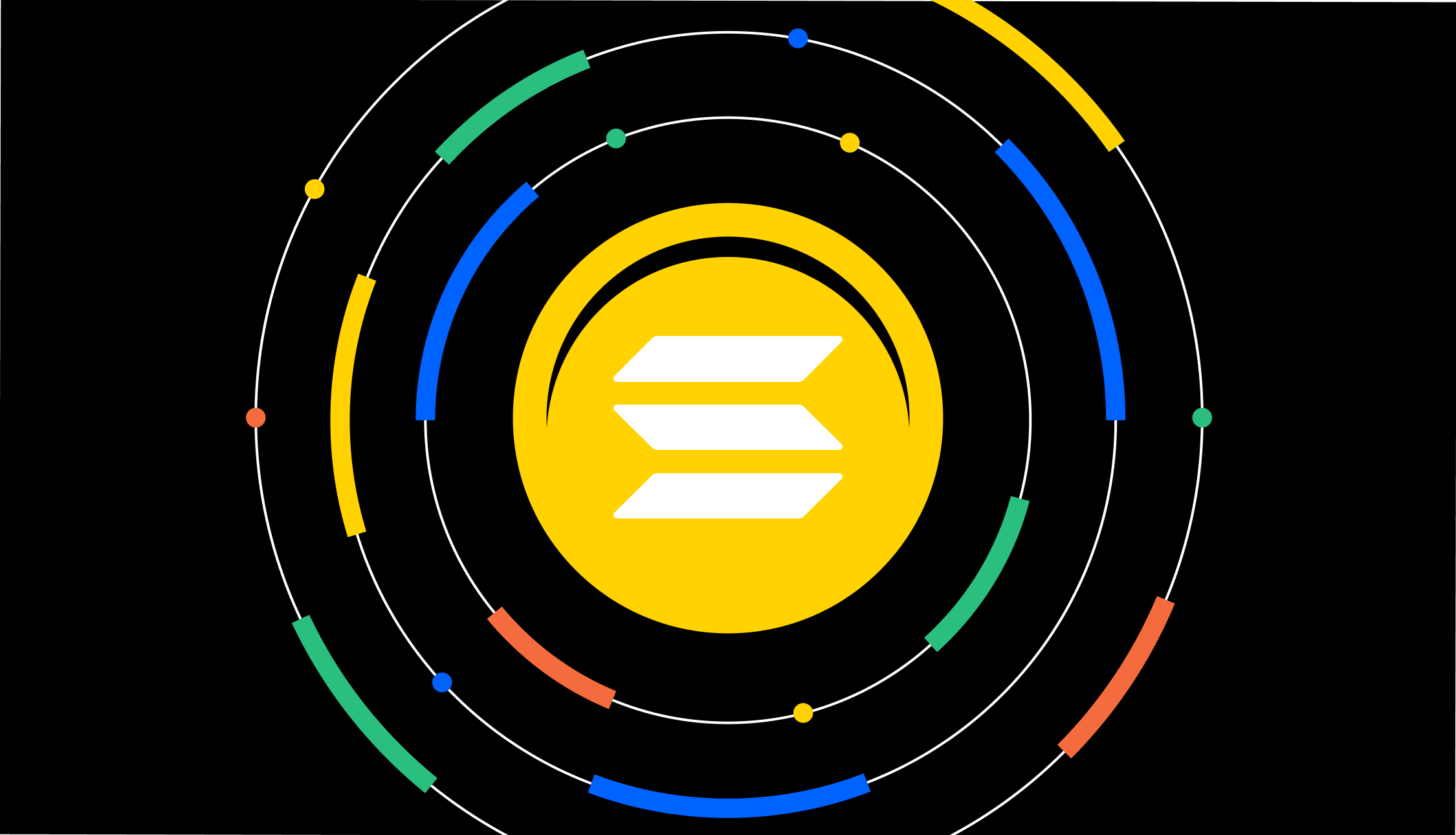
Is Solana’s SOL Token Available in Fractional Amounts?
Yes, SOLs can be purchased in fractional amounts known as lamports; a lamport is worth 0.000000001 SOL.
Leslie Lamport, a computer scientist, best recognised for his work in distributed systems, was Solana’s greatest technological influence.
How Many SOL Tokens Are Presently in Circulation?
According to the Solana Foundation, a total of 489 million SOL tokens will be released into circulation, with 260 million already in circulation.
The Solana Network is the most complex blockchain currently in use, with Solana ($SOL) serving as the system’s native coin. Because SOL can already support transactions per second, the network stands out among its competitors and top currencies (TPS). Thanks to the adaptable cryptocurrency, investors can earn passive benefits through the network’s delegated staking options. The price growth rate for the Solana currency has been sowing success, and the coin is expected to trade at $157.46 before the end of the month.
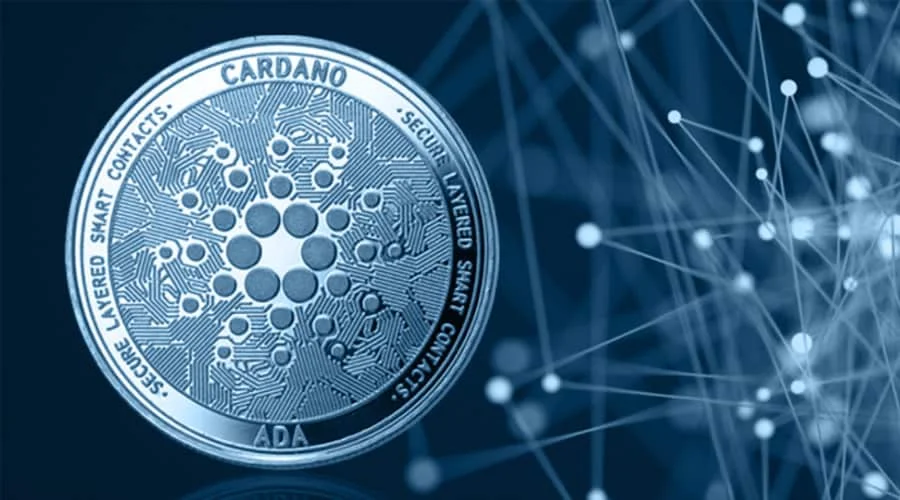
3. Cardano ($ADA)
Cardano ($ADA), named after the 16th-century Italian polymath Gerolamo Cardano, is one of the cryptocurrency’s fastest-growing currencies. Cardano (ADA) is an open-source blockchain focused on developing a scalable, secure, and efficient decentralised network. As the ecosystem has undergone multiple upgrades, this incredibly comprehensive and systematic approach to blockchain research and development has been the foundation of its success.
Cardano currently uses a unique dual-layer system architecture, unlike most other blockchain platforms. To you, what does this imply? Holders of tokens can send and receive transactions almost immediately and for a modest fee.
Cardano’s current price is $1.13, with a 24-hour trading volume of $4.3 billion. The current market capitalisation is $38.1 million, with 33.7 billion ADA coins in circulation and a total supply of 45 billion ADA coins.
Cardano could be the platform for you if you’re seeking a means for “changemakers, inventors, and dreamers” to effect positive global change.
This open-source project aims to “redirect power from unaccountable systems to marginalised persons,” thereby assisting in the creation of a more secure, transparent, and egalitarian society.
Cardano (ADA) was founded in 2017 and is named after the sixteenth-century Italian polymath Gerolamo Cardano. Ada Lovelace, the world’s first computer programmer and mathematician, was chosen as the ADA token’s name. Because of the token’s architecture, holders of ADA tokens will be allowed to participate in the network’s operation. As a result, users who hold the cryptocurrency have the power to vote on any programme changes that are proposed.
Cardano is currently trading at $1.08, a decrease from a week ago. On the other hand, the market capitalisation of the ninth-ranked crypto asset has climbed by about 40% in the last month.
If Cardano is to follow in the marks of Ethereum in 2022, it must climb back and surpass the pinnacle at $2.60 in the following two months.
The Cardano blockchain’s native coin ($ADA) can be used to make international peer-to-peer transfers. An Initial Coin Offering (ICO) successfully distributed 57.6 per cent of the total 45B token supply of ($ADA) coins to investors, allowing the ecosystem to raise $62.2 million in the capital.
Not only is the crypto market confident enough to continue fueling success for altcoins like Cardano ($ADA), but the TVL (Total Market Locked) on this cryptocurrency has been climbing rapidly, hitting a total of more than $300 million in just a few days; fortunately for those still looking to buy.
This rapid expansion began in early March when the TVL was still hovering around $130 million. Cardano ($ADA) soared to a new high of $1.13, the highest level since February. This implies that ($ADA) has risen by more than 50% from its lowest point this year, and crypto market analysts believe it will continue to rise.
A brief history of Cardano
Cardano is a third-generation blockchain (or blockchain 3.0) project founded by Ethereum co-founder Charles Hoskinson in September 2017. It aspires to improve on the technology pioneered by Bitcoin (first gen) and Ethereum (second-gen) (second-gen). Cardano wants to create an innovative contract platform that is scalable and energy-efficient.
A team of computer scientists and cryptographers from the University of Edinburgh, Tokyo University, and other institutions developed the Ouroboros consensus method published in peer-reviewed journals. Their goal was to create a decentralised network that could validate transactions in a scalable and safe manner while keeping the Cardano platform as energy-efficient as possible.
How do I stake Cardano?
Cardano aspires to be an environmentally friendly blockchain platform available. It uses Ouroboros, a one-of-a-kind proof-of-stake consensus process, rather than Bitcoin’s energy-intensive proof-of-work system.
Proof-of-work vs proof-of-stake
Without the oversight of a central authority, such as a bank, decentralised cryptocurrency networks must ensure that all transactions are legal. They do this by verifying transactions using a “consensus mechanism.”
Bitcoin mining popularised the original crypto consensus process, known as proof of work. Proof of work necessitates a significant amount of processing power from virtual “miners” all around the world. Proof of stake employs a network of invested participants known as validators rather than a network of miners.
The Cardano blockchain added the option to generate native tokens on March 1, 2021. Cardano native assets, like Ethereum tokens (including things like NFTs or stablecoins), can be produced and distributed on the blockchain and interact with smart contracts (once smart contracts are enabled on the platform).
Where can I buy Cardano?
The native cryptocurrency of the Cardano blockchain is ADA, which can be bought or sold on exchanges like Coinbase, same as how the Ethereum blockchain’s native coin is ETH. ADA can be used on the Cardano network to hold value (perhaps as part of your crypto portfolio), make and receive payments, and stake and pay transaction fees.
How do I store Cardano?
ADA can be held on Coinbase, in the Coinbase Wallet, and on various other cryptocurrency exchanges and wallets.

Cardano Aims to Create a Stable Cryptocurrency Ecosystem
How Is Cardano Different From Bitcoin and Ethereum?
Despite its remarkable increase in less than two months, ADA remains a bit of an outlier in the turbulent world of cryptocurrencies.
ADA bills itself as the first third-generation cryptocurrency; it aims to address the scaling and infrastructure challenges that afflicted both bitcoin and Ethereum, the first-generation cryptocurrency that pioneered the notion of digital coins. Smart contracts were added to the list of uses for this second-generation cryptocurrency. On cryptocurrency systems, Cardano aims to address concerns like scalability, interoperability, and long-term viability.
The first issue is network sluggishness, which is caused by higher transaction volumes, as well as excessive prices. A Cardano algorithm called Ouroboros has been offered as a possible answer to the network’s scalability concerns.
To save energy and enable faster transaction processing, Ouroboros employs a Proof of Stake (PoS) approach. Rather than keeping a duplicate of distinct blockchains on each node, Cardano’s blockchain minimises the number of nodes in a network by appointing leaders who are responsible for examining and approving transactions from a group of nodes (as is usual in bitcoin). The transaction is subsequently sent to the main network by the leader node.
RINA has also been used to scale Cardano’s network (Recursive Internetworked Architecture). This network topology was designed by John Day, and it provides for configurable increments in heterogeneous networks. Cardano’s protocols, according to Hoskinson, should match the standards of TCP/IP, the most extensively used data transport protocol on the Internet.
Interoperability refers to a cryptocurrency’s capacity to move around both within its own environment and with the existing global finance ecosystem. At the present moment, there is no way to execute cross-chain cryptocurrency transactions or a smooth transaction between cryptocurrencies and the global finance ecosystem. Exchanges that crash or charge hefty fees are the sole intermediaries. Many restrictions on customer and transaction identities have pulled the bitcoin industry even further away from its global counterpart.
Cardano intends to leverage side chains to allow two parties to perform transactions off-chain, allowing for cross-chain transfers. It’s also looking into how institutions and people could selectively disclose transaction and identity information to enable the adoption of cryptocurrencies for everyday transactions and trading.
Finally, sustainability refers to the creation of a cryptocurrency’s self-sustaining economic model as well as governance structures that provide incentives to miners and other stakeholders. According to its creators, it also seeks to develop a “constitution” of protocols to avoid messy hard forks (like the ones that occurred in bitcoin and ethereum).
In the future, protocol compliance will be hardcoded into Cardano blockchains, and apps that use the protocol, including such online exchanges and wallets, will verify for compliance as they are developed. The automation could also reduce the amount of time spent discussing and implementing forks. It’s been dubbed “mechanisation of a social process” by Hoskinson.






